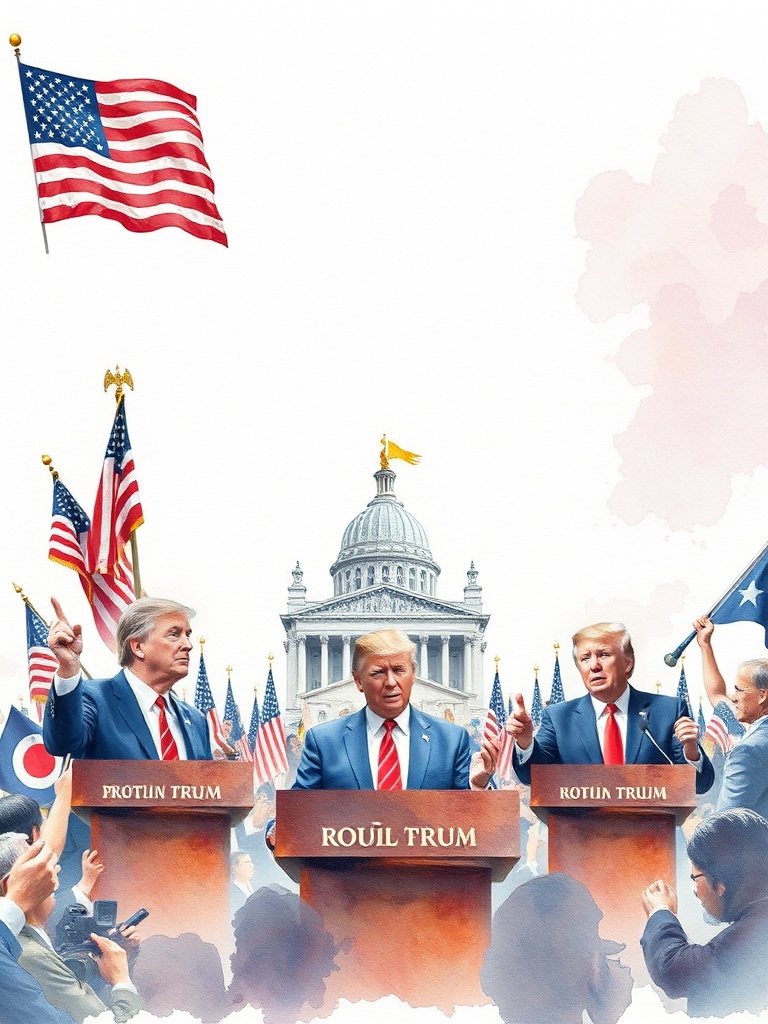Gerrymandering Explained: How Packing and Cracking Undermine Elections and How Voters Can Demand Fair Redistricting
Gerrymandering remains one of the most consequential but least understood forces shaping political power. By manipulating electoral district boundaries to favor one party or group, gerrymandering can dilute votes, entrench incumbents, and weaken accountability — with effects that ripple through policymaking, civic trust, and electoral competitiveness.
What gerrymandering looks like
Two common tactics drive partisan gerrymandering: packing and cracking. Packing concentrates opposing voters into a few districts to waste their votes, while cracking spreads them thinly across many districts so they never form a majority. Both approaches can produce maps that look irregular on a map and predictable at the ballot box, turning competitive areas into safe seats and reducing incentives for elected officials to appeal to broader constituencies.
Why it matters
When electoral outcomes are effectively predetermined by map lines, voters face fewer meaningful choices, and polarization tends to increase. Representatives in safe districts often cater to the most active or extreme parts of their party, rather than persuadable or moderate voters. This dynamic can slow compromise, fuel legislative stalemate, and erode public confidence in democratic institutions.
Actions reshaping the landscape
Court challenges, citizen-led initiatives, and state-level reforms have shifted attention and tools for addressing gerrymandering. Independent redistricting commissions have been adopted in many places as an alternative to partisan legislatures drawing maps.
These commissions typically operate under statutory criteria — such as protecting communities of interest, keeping political subdivisions intact, and prioritizing compactness — and can introduce public transparency to the process.
Technological change has also altered how maps are drawn and scrutinized. Computerized mapping tools enable faster drawing, comparison, and analysis of thousands of map variations. That capability is a double-edged sword: it can be used to craft highly targeted partisan maps, but it also empowers watchdogs, journalists, and civic groups to detect unfair patterns and propose fairer alternatives.

What voters and advocates can do
– Attend or watch redistricting hearings to understand local priorities and raise concerns.
– Support or push for independent redistricting commissions with clear, enforceable criteria and public oversight.
– Demand transparency: require release of map-drawing data, software settings, and meeting records.
– Use nonpartisan civic tools that show how different maps would affect representation and competitiveness.
– Back litigation or ballot measures that restore fair-districting principles where needed.
Policy best practices
Fair-districting frameworks tend to combine several elements: objective criteria for map drawing, independent or bipartisan bodies with limited political control, robust public participation, and judicial review that can enforce those criteria.
Ensuring maps respect communities of interest, protect minority voting rights, and avoid intentional partisan bias creates stronger democratic outcomes.
The road ahead
Improving how districts are drawn is an essential, achievable reform that strengthens electoral integrity without prescribing partisan outcomes.
By demanding transparency, supporting independent processes, and engaging in public oversight, communities can reduce the corrosive effects of gerrymandering and help ensure representation better reflects voters’ actual preferences. Voter engagement during redistricting cycles is especially impactful — when more people show up, fairer maps are more likely to follow.